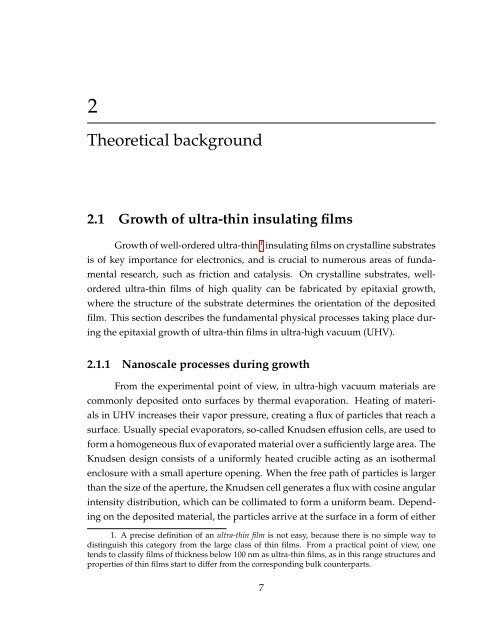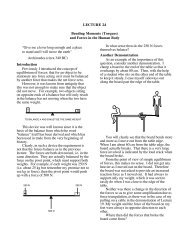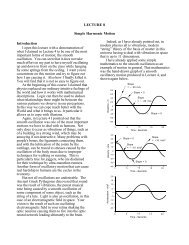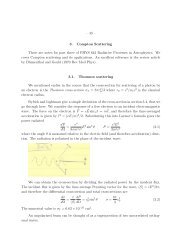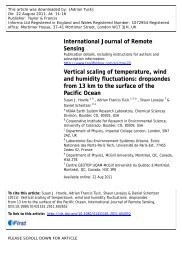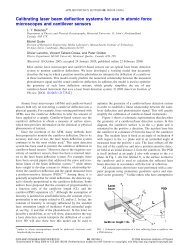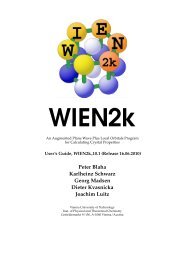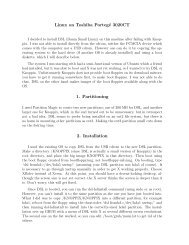Atomically defined tips in scanning probe microscopy - McGill Physics
Atomically defined tips in scanning probe microscopy - McGill Physics
Atomically defined tips in scanning probe microscopy - McGill Physics
You also want an ePaper? Increase the reach of your titles
YUMPU automatically turns print PDFs into web optimized ePapers that Google loves.
2Theoretical background2.1 Growth of ultra-th<strong>in</strong> <strong>in</strong>sulat<strong>in</strong>g filmsGrowth of well-ordered ultra-th<strong>in</strong> 1 <strong>in</strong>sulat<strong>in</strong>g films on crystall<strong>in</strong>e substratesis of key importance for electronics, and is crucial to numerous areas of fundamentalresearch, such as friction and catalysis. On crystall<strong>in</strong>e substrates, wellorderedultra-th<strong>in</strong> films of high quality can be fabricated by epitaxial growth,where the structure of the substrate determ<strong>in</strong>es the orientation of the depositedfilm. This section describes the fundamental physical processes tak<strong>in</strong>g place dur<strong>in</strong>gthe epitaxial growth of ultra-th<strong>in</strong> films <strong>in</strong> ultra-high vacuum (UHV).2.1.1 Nanoscale processes dur<strong>in</strong>g growthFrom the experimental po<strong>in</strong>t of view, <strong>in</strong> ultra-high vacuum materials arecommonly deposited onto surfaces by thermal evaporation. Heat<strong>in</strong>g of materials<strong>in</strong> UHV <strong>in</strong>creases their vapor pressure, creat<strong>in</strong>g a flux of particles that reach asurface. Usually special evaporators, so-called Knudsen effusion cells, are used toform a homogeneous flux of evaporated material over a sufficiently large area. TheKnudsen design consists of a uniformly heated crucible act<strong>in</strong>g as an isothermalenclosure with a small aperture open<strong>in</strong>g. When the free path of particles is largerthan the size of the aperture, the Knudsen cell generates a flux with cos<strong>in</strong>e angular<strong>in</strong>tensity distribution, which can be collimated to form a uniform beam. Depend<strong>in</strong>gon the deposited material, the particles arrive at the surface <strong>in</strong> a form of either1. A precise def<strong>in</strong>ition of an ultra-th<strong>in</strong> film is not easy, because there is no simple way todist<strong>in</strong>guish this category from the large class of th<strong>in</strong> films. From a practical po<strong>in</strong>t of view, onetends to classify films of thickness below 100 nm as ultra-th<strong>in</strong> films, as <strong>in</strong> this range structures andproperties of th<strong>in</strong> films start to differ from the correspond<strong>in</strong>g bulk counterparts.7


